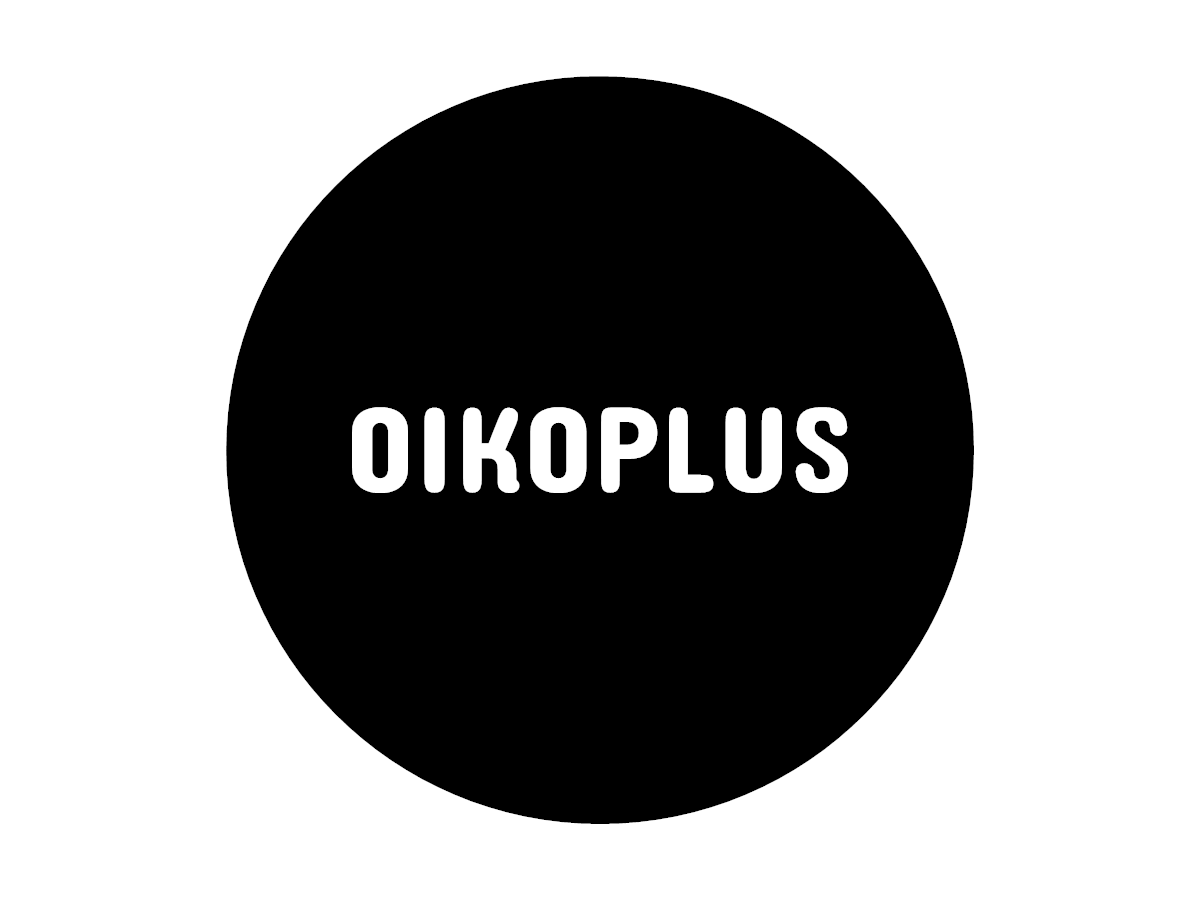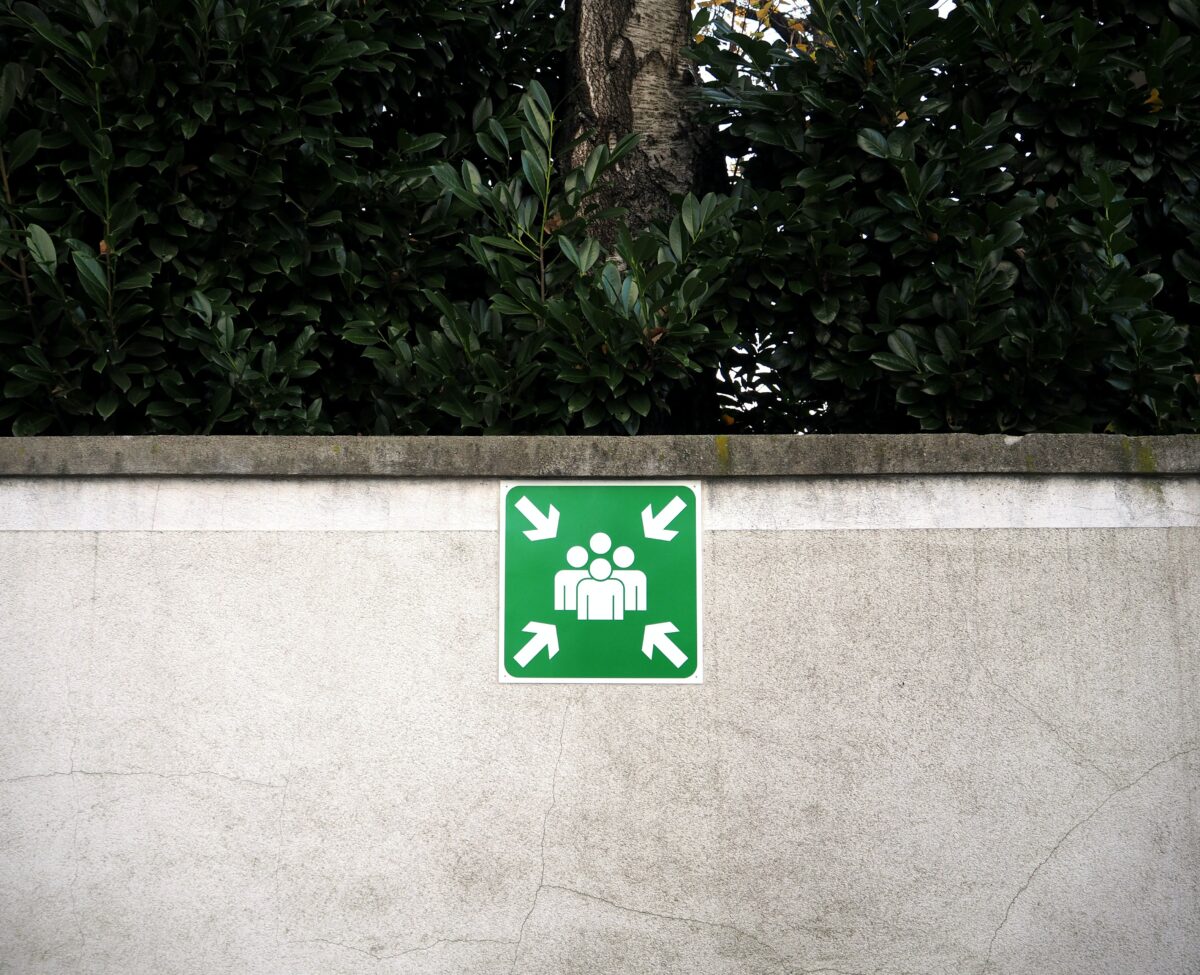I once had a co-worker who included the phrase “Sent from Mobile Phone. Excuse brevity.” in his eMail signature. I don’t know if he really preset this signature only on his cell phone, or maybe for practical reasons on his other devices as well. In any case, I kind of liked the phrase in the signature, because it made me not wonder about terse phrases in his mails and didn’t consider them rude.
Finding the right balance in communications work is not easy. When is a video too long or a text too short? Is something too long because it really does contain a lot of detail, or is it just because the wording is excessive? How much attention can be expected from target groups? How much impatience should be assumed?
The 8 second attention span myth
For years, a number has been circulating in the media about attention spans. The average attention span of media consumers has fallen to eight seconds, it is often said. But this information is obviously not tenable as a verifiable fact. Natasha Keary describes in a readable article in the blog of the digital content publishing company Turtl how the figure of eight seconds has made it into media reports worldwide and why it is better off in the realm of myths than in pretty presentations and communication strategies.
280 characters: Has it changed Twitter?
Short messages that can be captured quickly still have their place in online communication, of course. Twitter has focused on brevity from the very beginning. As recently as November 2017, the maximum character length in tweets was increased from 140 to 280 characters. This was intended to make discourse on Twitter more deliberate and polite. Professor Yphtach Lelkes at the Annenberg School for Communication at the University of Pennsylvania has studied how Twitter has changed as a result of the move.
Science communication on Instagram
Text is not the focus on every communication channel. On Instagram, for example, it’s primarily about visual content. Can complex content be communicated there at all? Is it possible to communicate science on Instagram? And should scientists use their individual accounts for this purpose? A lively debate developed around this question and the associated gender aspects as early as 2018. At the time, an opinion piece by Meghan Wright in Science caused a stir. Her critical position at the time: “Publicly documenting what a cute outfit I wear and how sweetly I smile in the lab won’t help me build a fulfilling career in a field where women hold fewer leadership positions, are paid less, and are constantly underappreciated.” For a summary of the debate this kicked off, check out the generally very readable science communication blog fromthelabbench.com.
Science communication going TikTok
That was 2018. Of course, digital attention has moved on since then. To TikTok, for example. There, too, brevity is in demand. Robert Lepenies from the Helmholtz Centre for Environmental Research (UFZ) describes in a presentation what science communication on Tiktok can look like.
Did you make it to the end of this text, or was it too long? If you are still reading, you may remember the ex-colleague mentioned at the beginning. In the meantime, he assured me, his eMail signature for mails sent on the road is “via mobile. pls excuse brevity.” Finally, even very short communication formats offer room for optimization.
From our projects
At Oikoplus, a varied and, on balance, successful year 2021 is coming to an end. A lot has happened in our projects despite the pandemic and many changes caused by it. Updates on our archaeology-tourism project ArcheoDanube can be found in the current ArcheoDanube Project Newsletter. And in the Horizon2020 project EnergyMeasures, which contributes to the reduction of energy poverty in Europe, there a current EnergyMeasures Newsletter has also been published recently.


